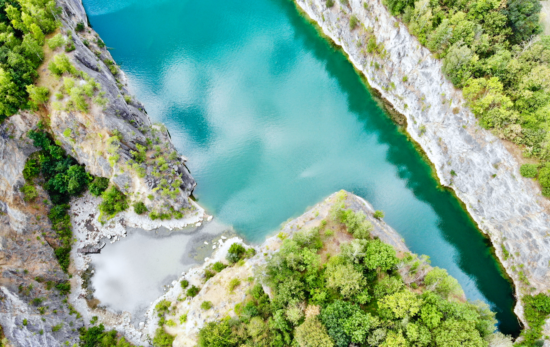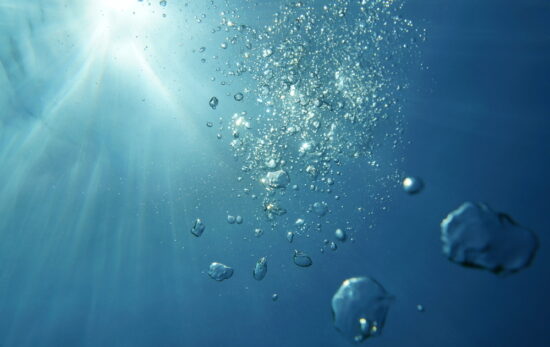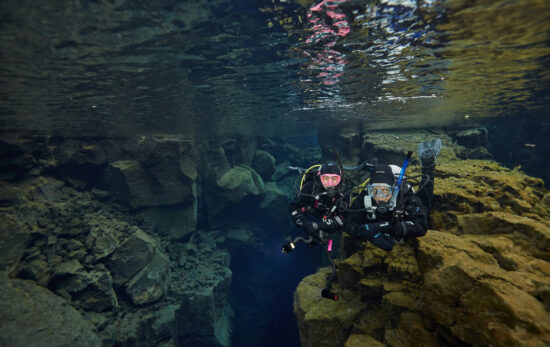When it comes to scuba diving destinations, diving in the Netherlands might not come to mind first thing. It may be a small country and known for its picturesque windmills and tulip fields; however, hidden beneath the surface are some remarkable dive sites that offer unique underwater experiences. From historic shipwrecks to vibrant marine life, diving in this region is an adventure waiting to be discovered. Let’s dive into the depths and explore the captivating world beneath the surface in the Netherlands.
There are beautiful dive sites in fresh, salt and brackish water, and the underwater world boasts lots of life and color in many areas.
An amazing natural event worth experiencing is the “sea sparkle”. It is bioluminescence caused by a certain type of algae and can be seen mainly during warm summer nights, usually between April and September.

Zeeland
Zeeland is the most western province in the Netherlands with many beautiful beaches, clear seawater and pretty scenery. There are many picturesque towns to visit and a lot of outdoor sport options. Zeeland is the perfect place for a nice trip away and for some unforgettable diving. It is also known as the diving province of the Netherlands.
A special tip we have is to do a sunrise dive, starting your dive still in the dark. This way you experience the underwater world come alive in the early morning hours and all the different colors become vivid.
Grevelingenmeer
One of the most renowned dive locations is the Grevelingenmeer, the largest saltwater lake in Europe. With excellent visibility, beautiful underwater landscapes and diverse marine life, this site offers underwater enthusiasts an opportunity to encounter lobsters, crabs, anemones and even the occasional harbor seal.
Here you can also dive the Le Serpent wreck which is a 60m (197 ft.) coal carrier that is at a depth between 19 and 29m (62 and 95 feet). You will see seals, crabs, lobsters and anemone. This is a challenging dive and only for experienced wreck divers.

Oosterschelde
Another popular dive location is the Oosterschelde, a tidal estuary known for its unique ecosystem. Since 2002, the estuary has been a national park with a rich diversity of plants, birds and marine life. It is the largest national park in the Netherlands, and its protected conservation area brings huge value.
Divers can explore the Oosterschelde’s underwater landscape, which includes vibrant reefs, pinnacles, mussel beds, and underwater cliffs. This site is teeming with marine biodiversity, including curious seals, plaice, sea horses, star fish and colorful nudibranchs.
In spring when water temperatures are around 14 degrees Celsius (57 degrees Fahrenheit), you can witness hundreds of cuttlefish mating. The cuttlefish mainly congregate near Zierikzee at the end of the Zeeland Bridge.
If you are lucky, you can encounter harbour porpoises, which are the smallest cetacean that lives in the North Sea. They only grow to around 1.5m (5 feet) and weigh not more than 60kg (132 pounds).
As the Oosterschelde is tidal, it means that currents can be very strong. Most dive sites are only for experienced divers, and the PADI Drift Diver speciality is recommended.
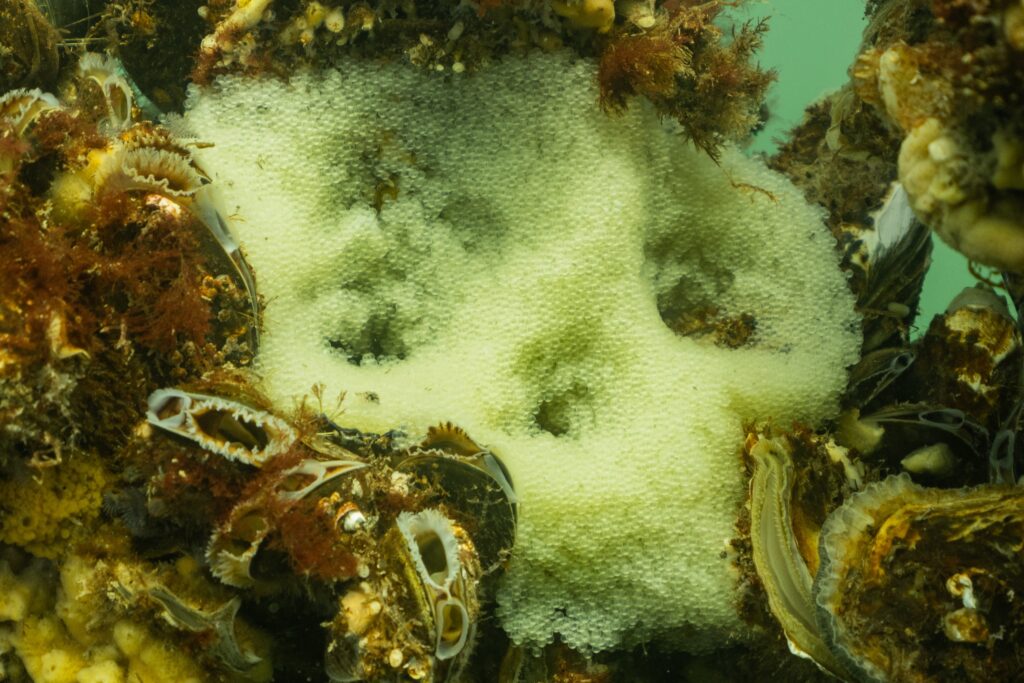
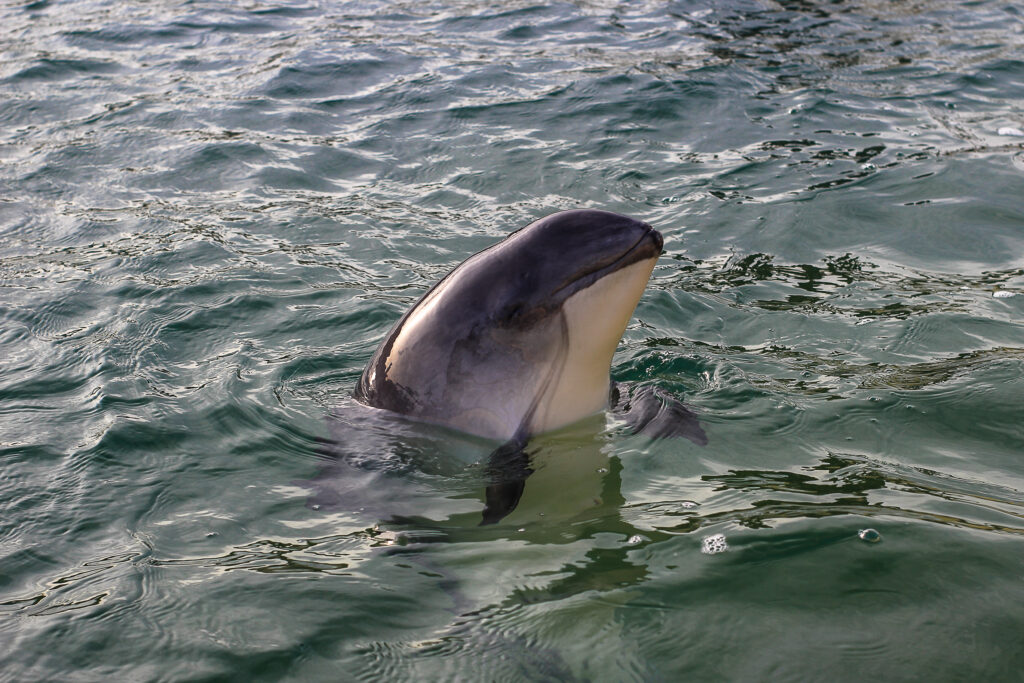
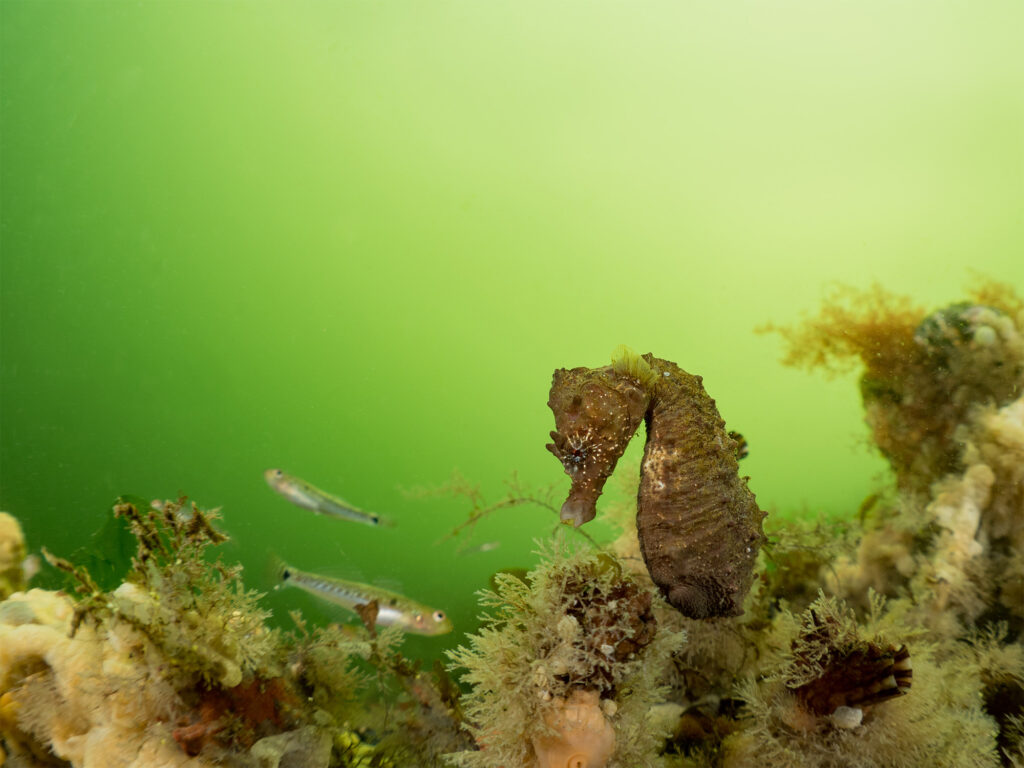
Bergse Diepsluis
Situated in the tributary of the Oosterschelde, Bergse Diepsluis has very little current and is therefore a popular dive site for beginners. This is another location where cuttlefish come to breed in spring, and many divers from around the world come to experience this phenomenon. Visibility is usually good at up to 10m (33 feet).
This dive site also boasts different crab species, mullets, catfish, anemone, shrimp, lobster and wrasse.
Vinkeveense Plassen
If you think of diving in the Netherlands, you also think of Vinkeveense Plassen.
Vinkeveense Plassen (Lakes of Vinkeveen) is a very interesting looking lake in the province of Utrecht, just south of Amsterdam.
This lake has many long, strip-like sand islands that come far into the lake on which houses have been built. It is rather unusual and likely nothing you have seen before.
It used to be a peat extraction site until the 1970s and is now a popular residential and holiday destination.
Diving in Vinkeveense Plassen in the Netherlands offers a unique and rewarding experience for divers and is suitable for all dive levels. The lakes are known for their crystal-clear waters, providing divers with excellent visibility, often reaching up to 15 meters (49 feet) or more. This clear visibility allows for a captivating underwater experiences, where you can explore the diverse underwater landscapes and marine life.
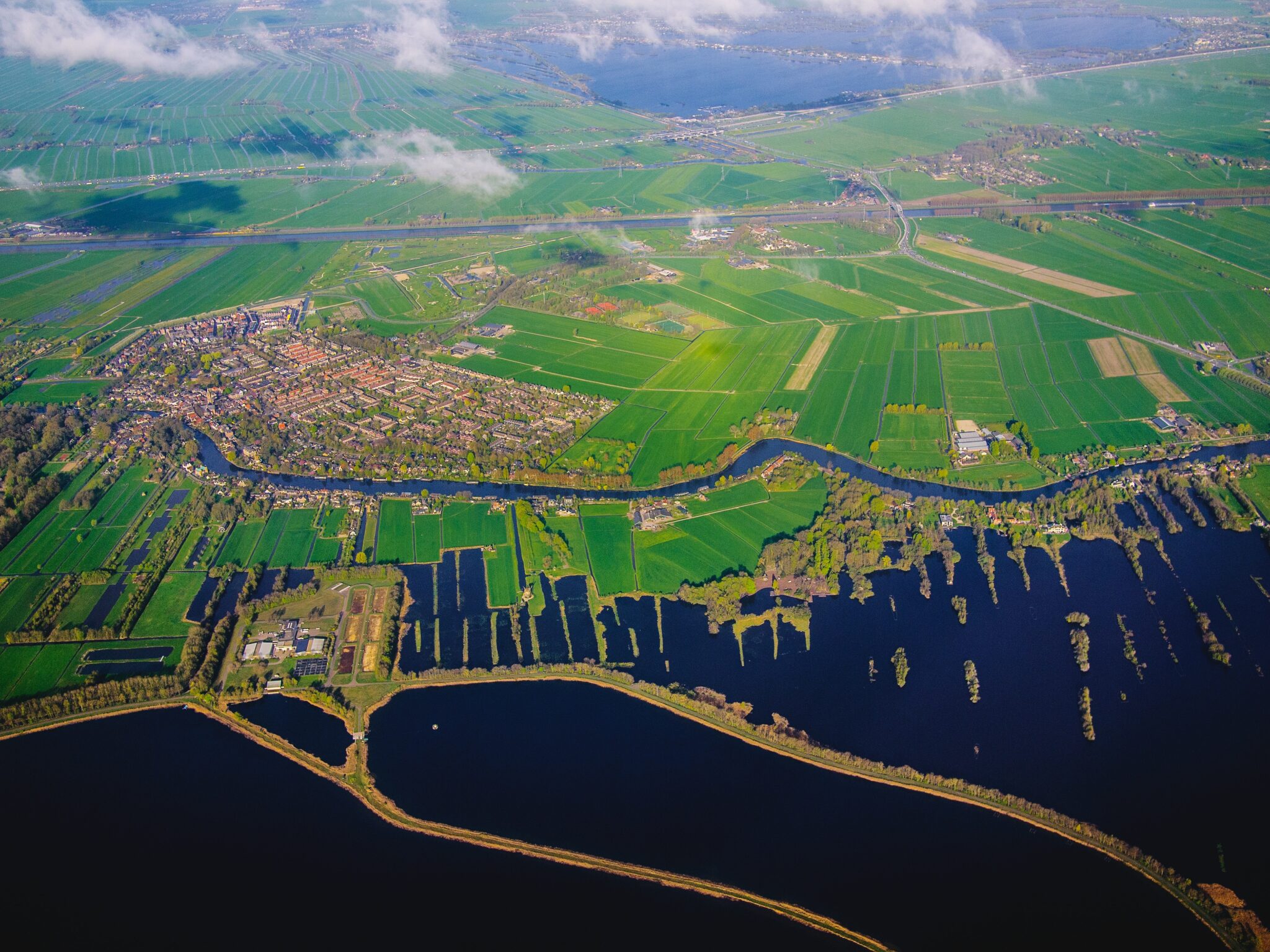
Zandeiland 4
Zandeiland 4 is one of the best and most popular dive sites and offers a variety of interesting underwater attractions, including submerged wrecks, artificial reefs, and underwater structures with a maximum depth of 50m (164 feet). Explore the sunken old bus and boat, and enjoy the many fresh water fish, like perch, pike, eel, mussels and crayfish.
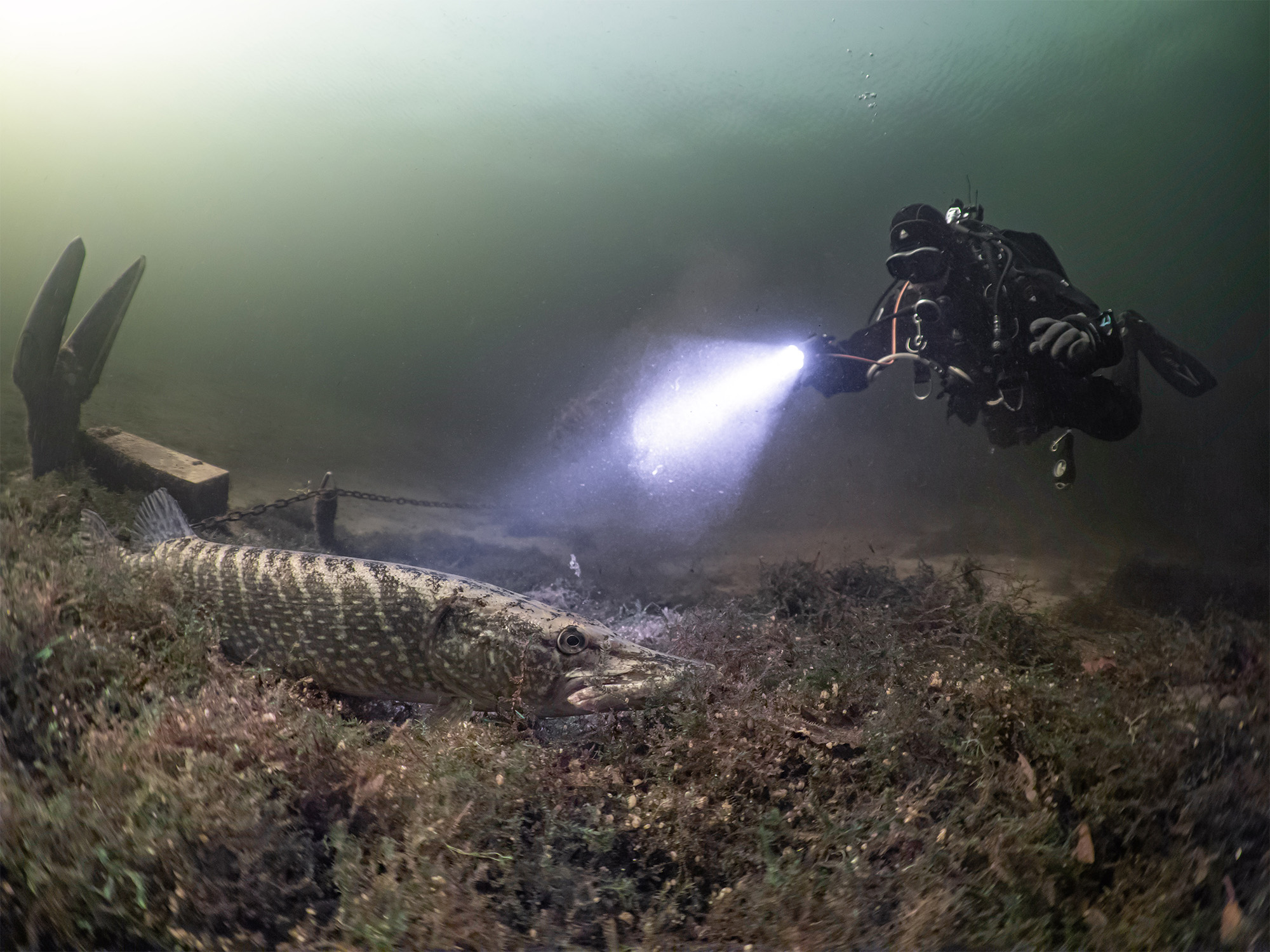
Eiland 8
At dive site Eiland 8, you can submerge into the “pike garden,” an area with an abundance of weeds for the pike to hide and play. But you will find many more species during your dive at Eiland 8. If you dive further on, you will see peat walls and some wrecks, including an old crops barge that can still be entered. This is a boat dive and suitable for all levels.
Diving in the Netherlands offers divers a mix of natural beauty, historical significance, and diverse marine life. Water temperatures vary throughout the year and are, of course, dependent on the location. The PADI Dry Suit Diver course is definitely a good course to take when you want to go scuba diving in the Netherlands.
The Netherlands is also known for their commitment to marine conservation. Several marine protected areas, such as the Oosterschelde National Park in the Netherlands, ensure the preservation of these underwater ecosystems. Divers can witness first hand the efforts put into protecting and restoring the marine environment, contributing to sustainable diving practices.

